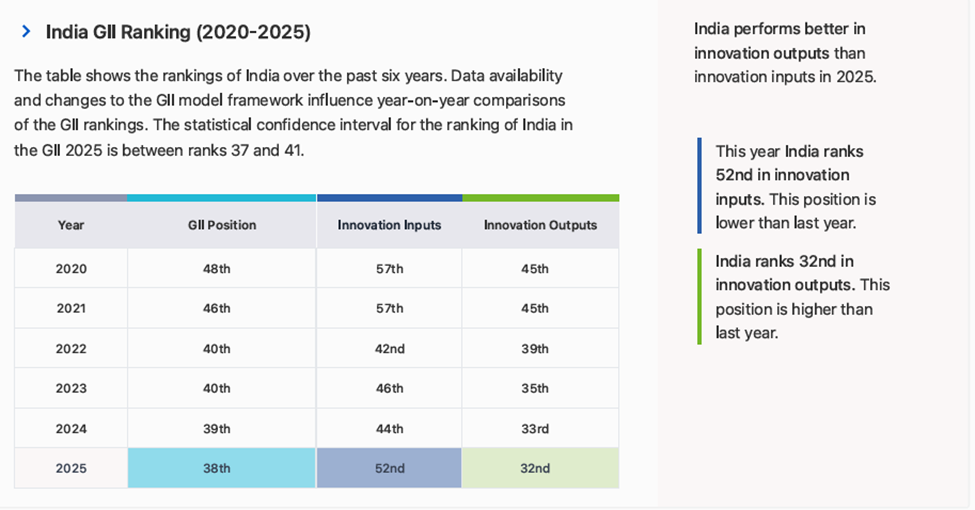Insights from the 360 ONE Wealth List: 93% of richest Indians’ wealth linked to listed firms
- InduQin
- Jun 19
- 3 min read
Updated: Jun 20
The 360 ONE Wealth Creators list reveals that 93% of India’s wealth is tied to publicly listed companies, with 2,013 individuals collectively worth ₹100 trillion. Akash and Anant Ambani lead as India’s richest, while women hold 24% of wealth, excelling in pharmaceuticals. Banking, telecom, and aviation dominate in average wealth per individual. Mumbai houses 40% of the wealth creators, followed by Delhi and Bengaluru. First-generation entrepreneurs under 40 thrive in digital sectors, driving India’s evolving and innovative wealth ecosystem.

India’s wealth landscape is undergoing a transformative shift, with publicly listed companies dominating the scene. According to the 360 ONE Wealth Creators list, an impressive 93% of the nation's total wealth is tied to these companies. This annual compilation, developed by 360 ONE Wealth in collaboration with Crisil, highlights the financial achievements of 2,013 individuals whose collective worth stands at a staggering ₹100 trillion.
The Titans of Indian Wealth
Akash and Anant Ambani, with individual net worths of ₹3.59 trillion, have emerged as the wealthiest individuals in India. Meanwhile, Isha Ambani leads the women’s category, as women collectively account for 24% of the nation’s wealth. Notably, women’s wealth representation is particularly strong in the pharmaceutical sector, where they hold 33%.
Karan Bhagat, founder of 360 ONE Wealth, emphasized the uniqueness of this list compared to those from Hurun or Forbes. Unlike others, this list focuses on individual wealth rather than family or group holdings. Alongside the 360 ONE Wealth list, other notable reports like Knight Frank’s annual wealth report also provide insights into India’s financial elite.
Key Trends in Wealth Distribution
Sectors such as banking, telecommunications, and aviation rank highest in terms of average wealth per individual. Banking leads the way with ₹8,500 crore per individual, followed by telecommunications at ₹8,400 crore and aviation at ₹7,900 crore. A significant 62% of the wealth creators listed actively manage and expand their businesses, further driving economic growth.
The list also reveals the prominence of family-owned businesses. Promoters and family members from conglomerates like Tata Group, Reliance Industries, and Adani Group contribute 24% of the total promoter wealth, valued at ₹36 lakh crore. Among the wealthiest, 161 individuals possess fortunes exceeding ₹100 billion, while another 169 have net worths ranging between ₹50 billion and ₹100 billion.
The Role of Cities in Wealth Creation
Mumbai solidifies its position as India’s financial hub, housing 577 wealth creators who control 40% of the total wealth represented on the list. New Delhi and Bengaluru follow, contributing 17% and 8%, respectively, while Ahmedabad accounts for 5%. Significantly, the top 50 business houses in India dominate the landscape, accounting for 59% of the wealth tracked in the report.
Industry Insights
Pharmaceuticals, IT software & services, and financial services collectively account for 26% of the total wealth in the list. The success of these industries underscores the diverse drivers of India’s economic development. Meanwhile, the rise of first-generation entrepreneurs under 40 marks a pivotal shift. These individuals have harnessed the potential of the digital economy, generating 60% of their wealth through innovative sectors such as:
Investment platforms (e.g., Upstox, Zerodha)
E-commerce ventures (e.g., Urban Company, Swiggy, Honasa Consumer)
Edtech companies (e.g., Physicswallah, Unacademy)
Fintech solutions (e.g., Stashfin, Slice, OneCard)
This new wave of entrepreneurs reflects India’s evolving economic fabric, driven by technological advancements and innovative business models.
The Road Ahead
The 360 ONE Wealth Creators list provides a unique lens into the distribution and concentration of wealth in India. By focusing on individual contributors, it highlights the pivotal role of active entrepreneurs and innovators in shaping the country’s financial future. As the wealth landscape continues to evolve, this annual report promises to remain a key benchmark for understanding the dynamics of economic power in India.
With its robust representation of industries, cities, and individuals, the list underscores the diverse and dynamic nature of India’s wealth ecosystem—one that is steadily moving towards a more inclusive and innovative future.







Comments